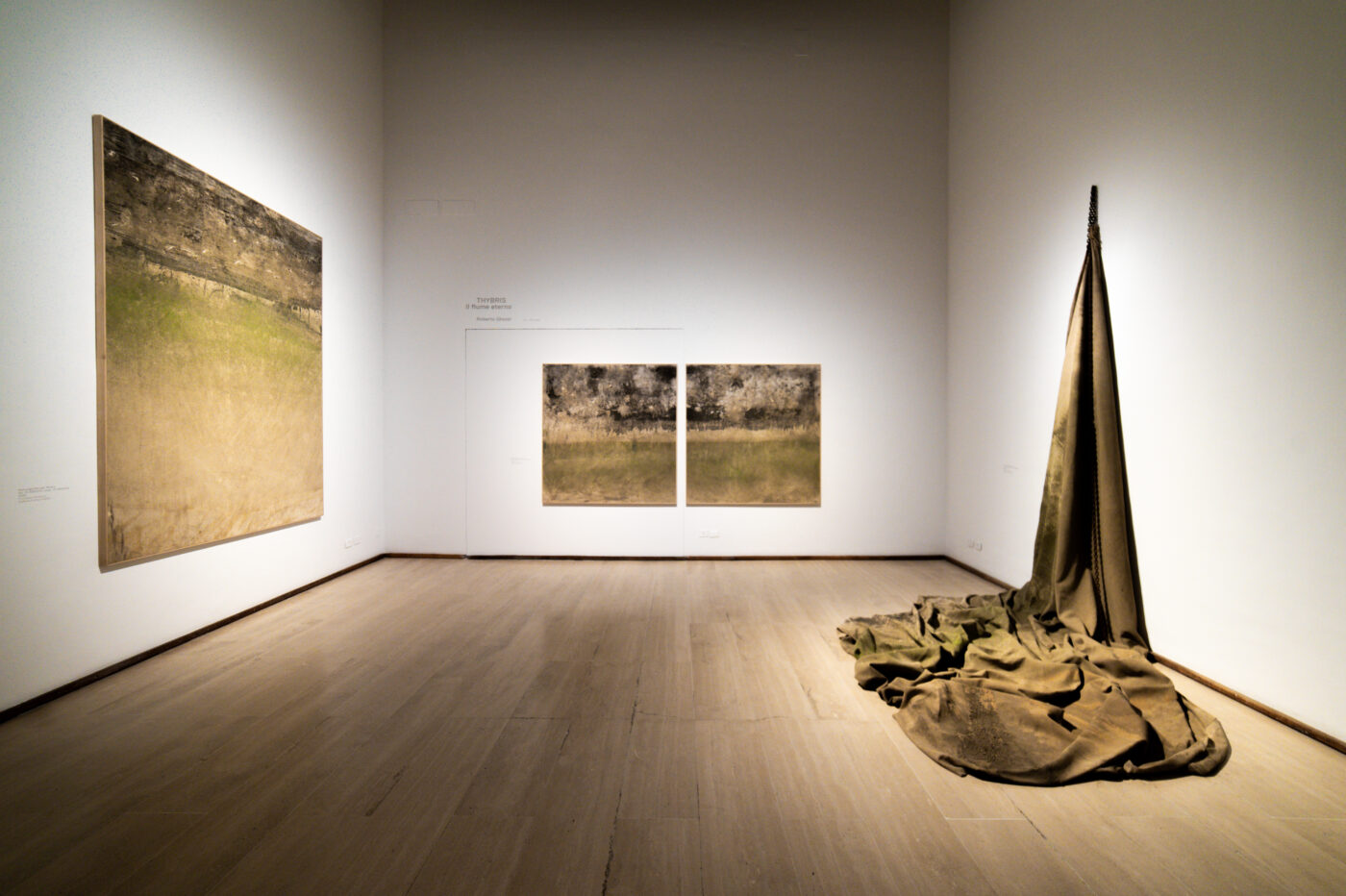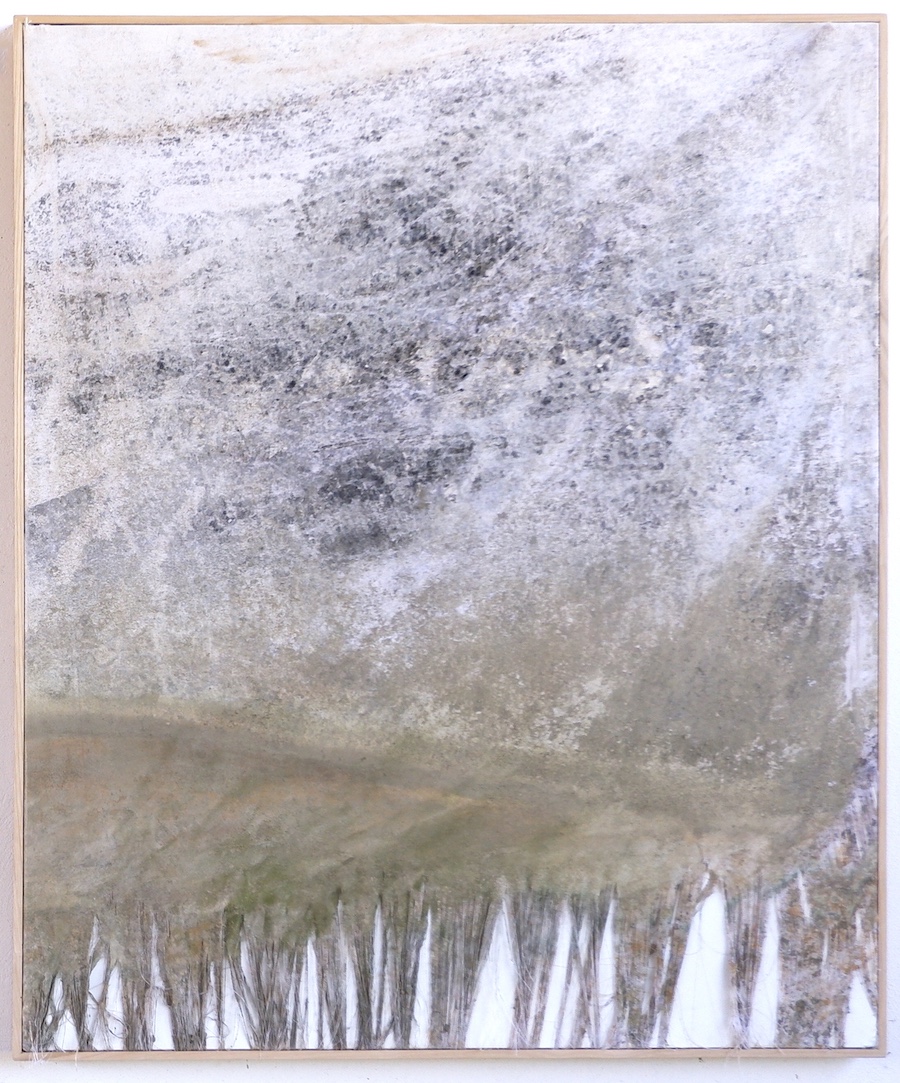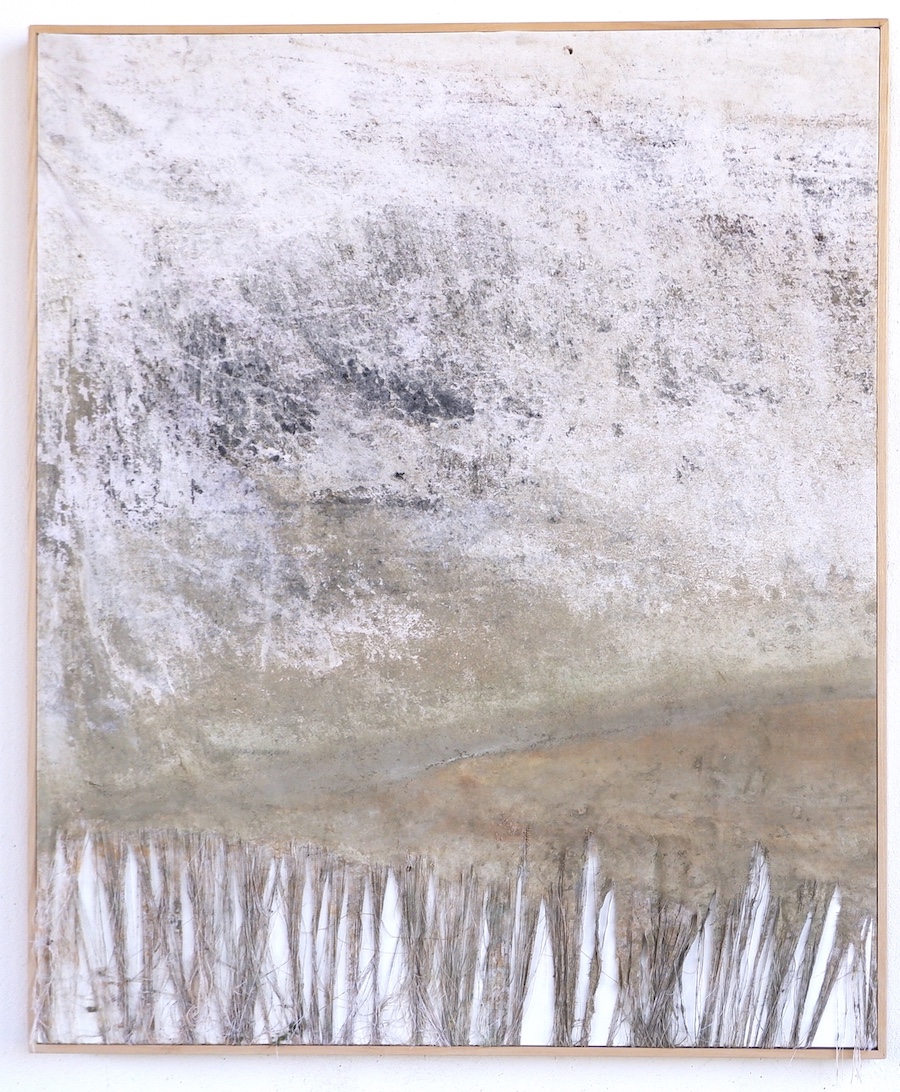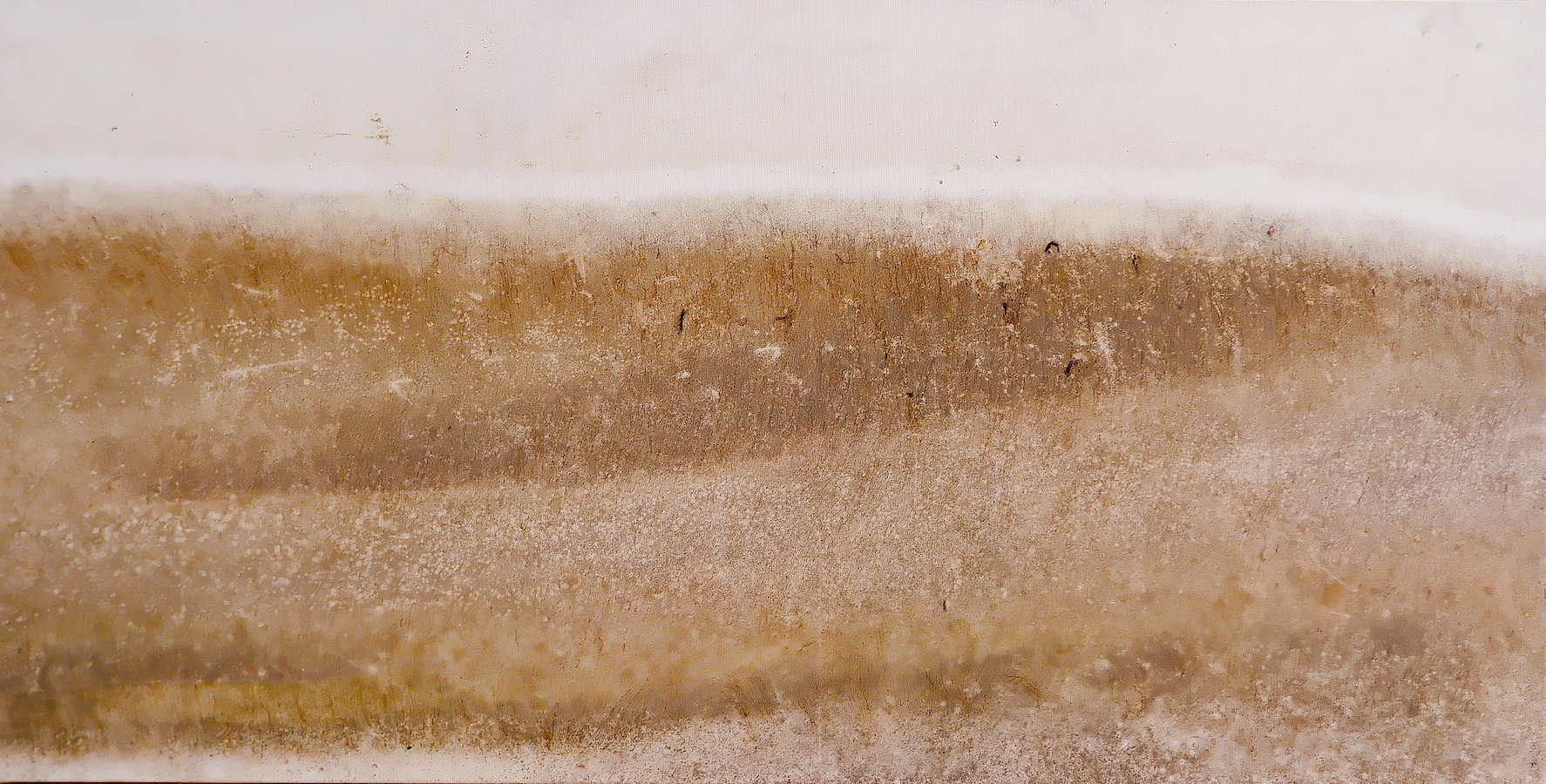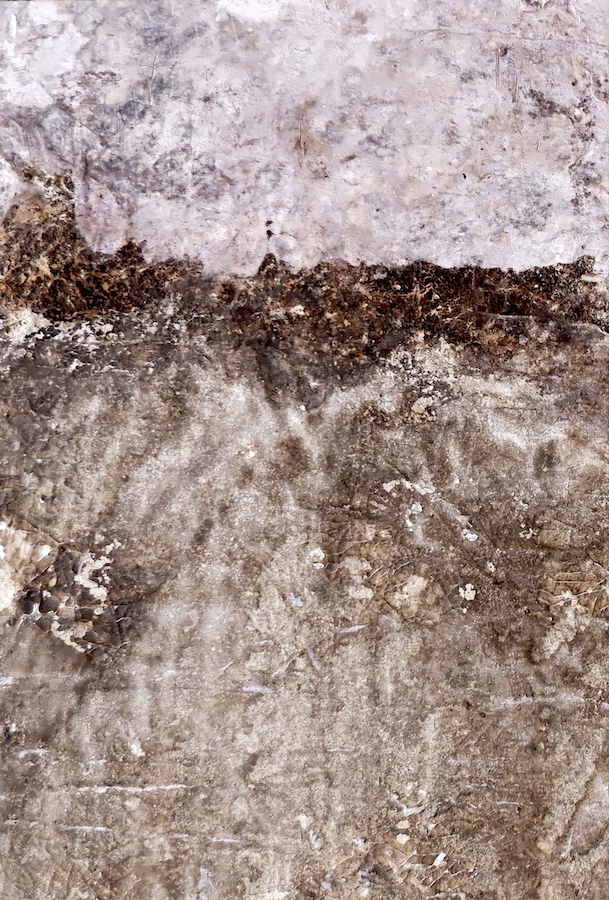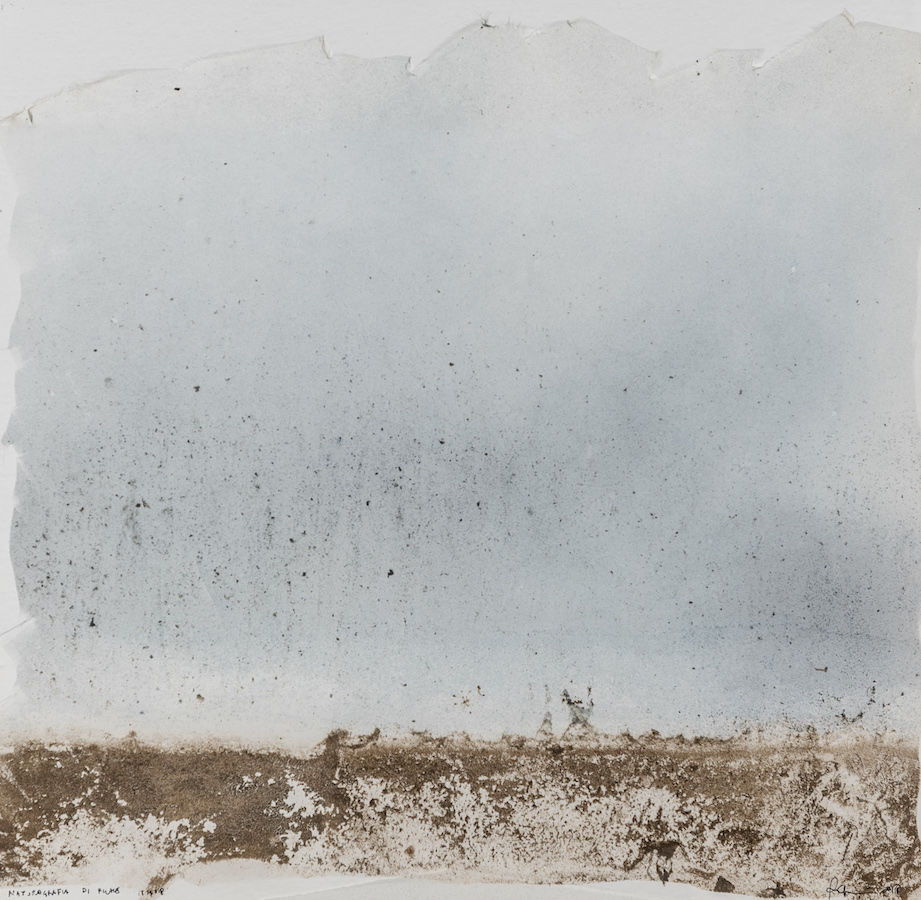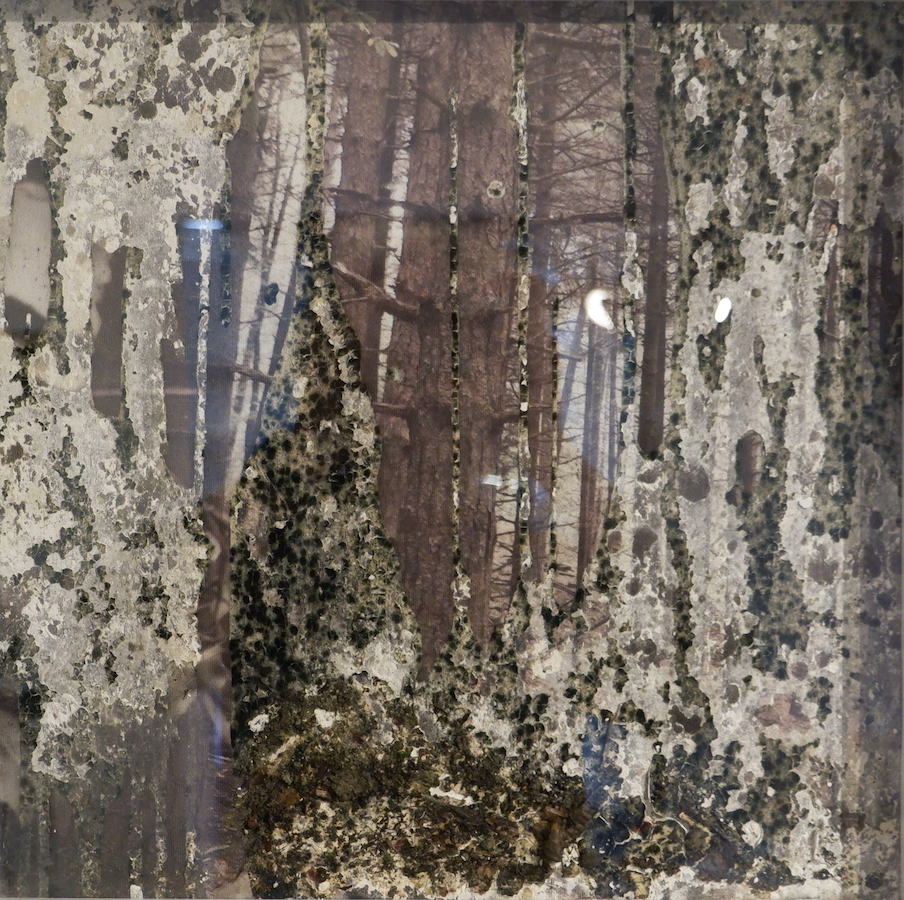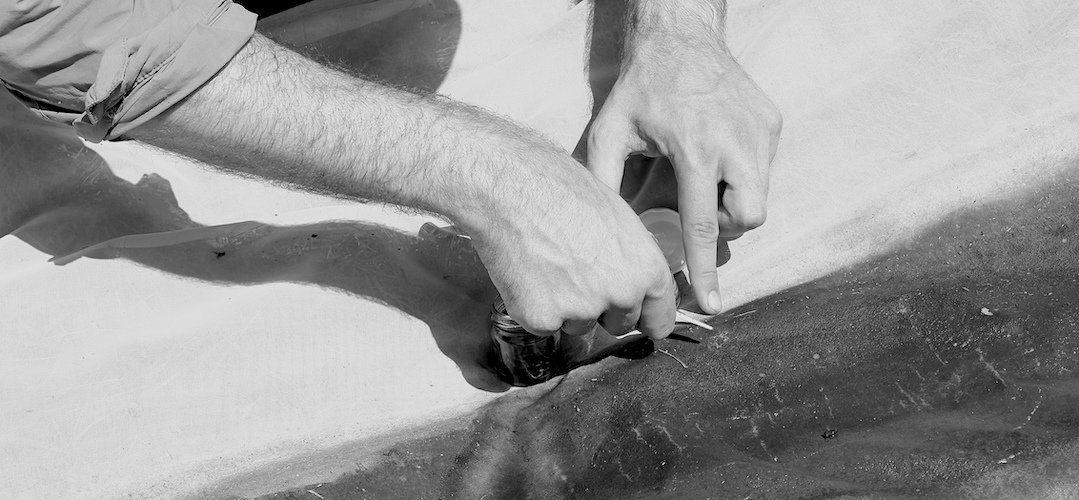Thybris - Il fiume eterno
Solo exhibition of Roberto Ghezzi
GNAMC - Galleria Nazionale d'arte Moderna e Contemporanea di Roma
Project promoted by FABER Art Gallery in scientific partnership with the Department of Civil Engineering, Edile and Environmental of the Sapienza University of Rome, ARPA Lazio, realized in collaboration with Il Giornale dell'Ambiente and the support of Phoresta ETS.
Info on request
Naturografia di Lago Trasimeno - 43.1532710, 12.0236190
GHZR_28
Natural elements on cotton
cm 120 x 80
Euro 3.000
Naturografia di Lago Trasimeno - 43.1532710, 12.0236190
GHZR_27
Natural elements on cotton
cm 120 x 80
Euro 3.000
Naturografia di lago 431838837,120527
GHZR_02
Natural elements on crinoline
cm 100 x 50
Euro 2.300
Naturografia di terra - 433070905,11997
GHZR_06
Natural elements on cotton
cm 72 x 102
Euro 2.500
Naturografia del fiume Elsa
GHZR_11
Natural elements on organdie
cm 40 x 40
Euro 1.200
Naturografia di bosco
GHZR_10
Mixed media on cotton
cm 39 x 39
Euro 1.200
Naturografia di albero - 433070905,11997
GHZR_03
Natural elements on cotton
cm 147 x 86,5
Euro 3.600
Roberto Ghezzi
Cortona 1978, lives and works in Cortona
I was born and raised in a land, Tuscany, where origin and artifice have been meeting for thousands of years, creating new beauty. The landscape has always been the subject of my research, first through pictorial representation and, in the last 15 years, by a very particular process that I have called, with a neologism, naturography, in which the natural environment and time become the co-authors, together with the artist, of the work of art.
Over the years, this practice which I would call more an idea than a technique, has been enriched with increasingly transversal meanings, which today range from the aesthetic-conceptual-artistic aspect to dialogue with science, to the dimension of extreme travel and consequently up to the ethical-educational values that a work of art can still have in the era of great environmental challenges.
